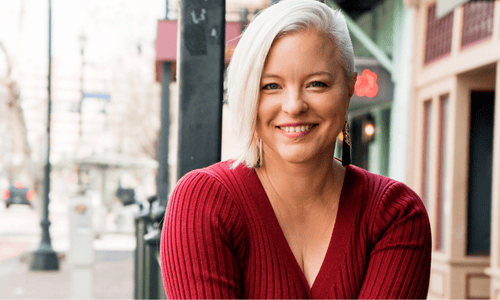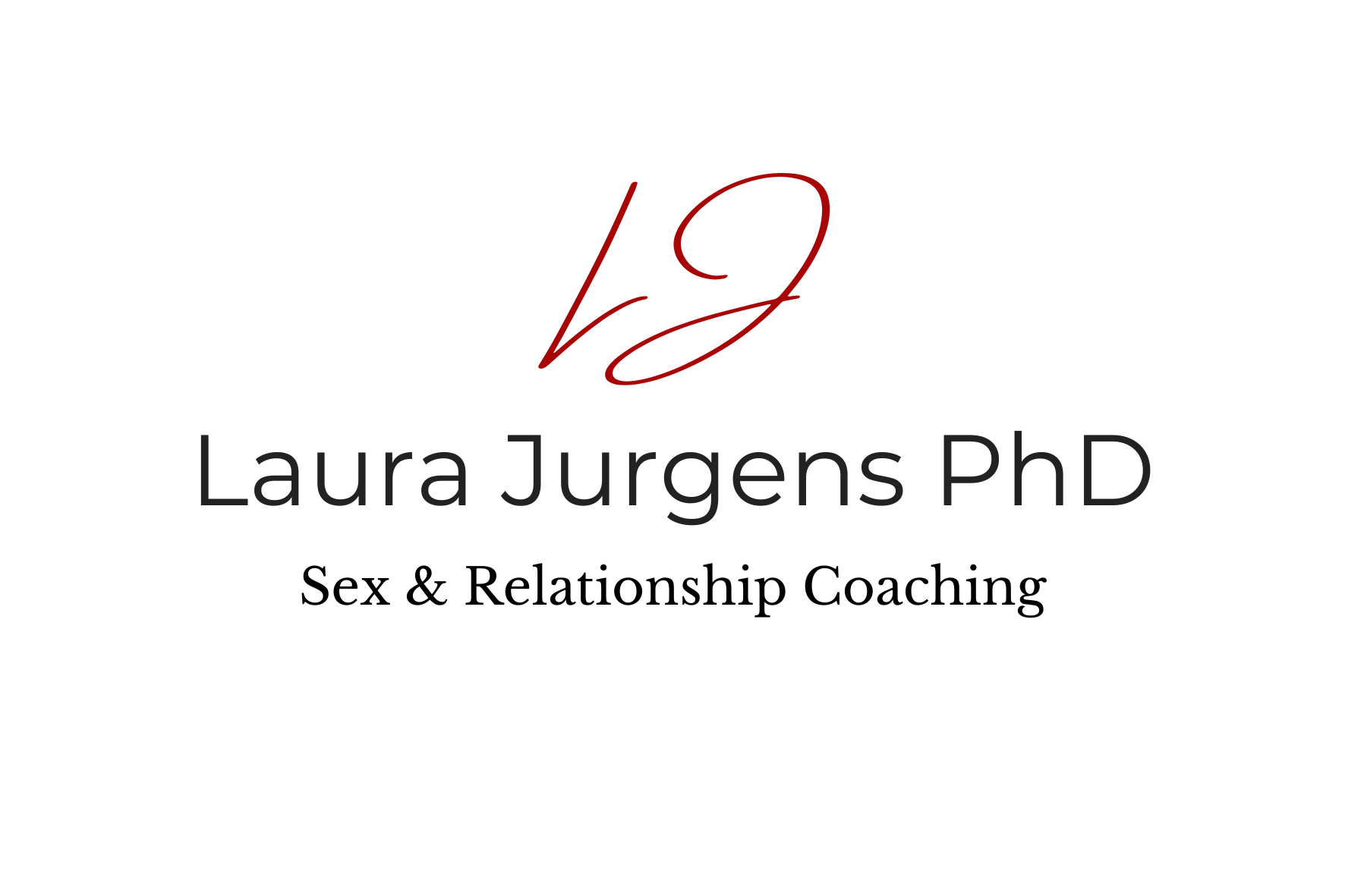When different libidos are ruining your connection

You're not broken or wrong for wanting more or less sex than your partner. Your relationship isn't doomed—but you do need the right approach to bridge the gap.
You’ve come to the right place if you’re:
- Tired of feeling broken, pressured, rejected, or disconnected
- Frustrated that one person always wants sex more than the other
- Disappointed that hormones didn’t help (that’s completely normal)
- Worried your desire differences mean you’re incompatible
- Ready to work on this even if your partner isn’t
- Not ready to give up on your relationship
Here’s what I know about libido mismatch:
- It’s not your fault—and it’s fixable
- It affects couples of all orientations and ages
- Hormones rarely solve it
- Most doctors and therapists have limited to no training in desire issues
- Even one person making changes can transform the entire dynamic
I’m Dr. Laura Jurgens, desire-arousal specialist and host of The Desire Gap Podcast. I’ve helped hundreds of individuals and couples transform desire differences from a source of pain and disconnection into opportunities for deeper intimacy—using practical, evidence-based methods that actually work.
My approach is:
- Free of blame or shame – no one is broken
- Does NOT pressure the low-libido partner (that only makes things worse)
- Gets you on the same team quickly so you can solve this together
- Teaches the intimacy and communication skills you were never taught
- Effective whether your partner is on board at first or not
- Proven to work when therapy, hormones, and quick fixes haven’t
Libido mismatch is solvable. You don’t need identical sex drives to have a fulfilling intimate life—you just need the right tools, perspective, and support to bridge your differences, unlock your authentic desire, and build genuine intimacy together.
